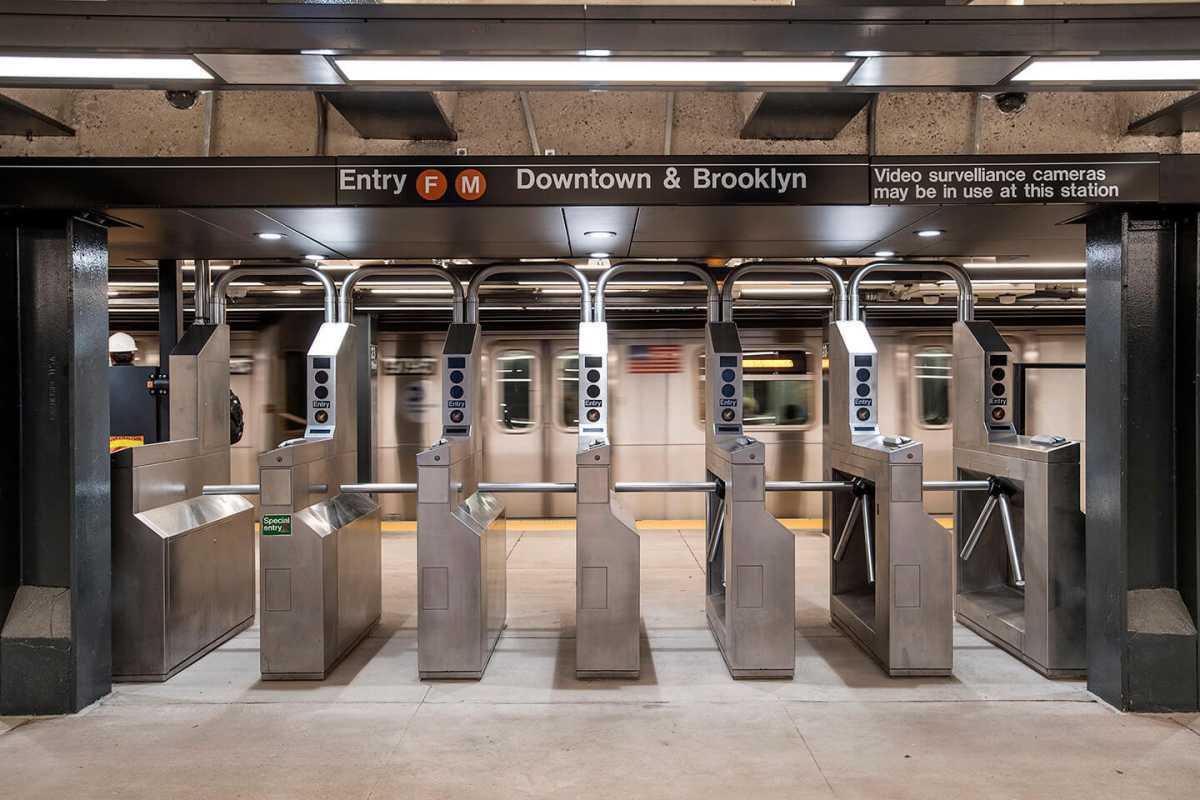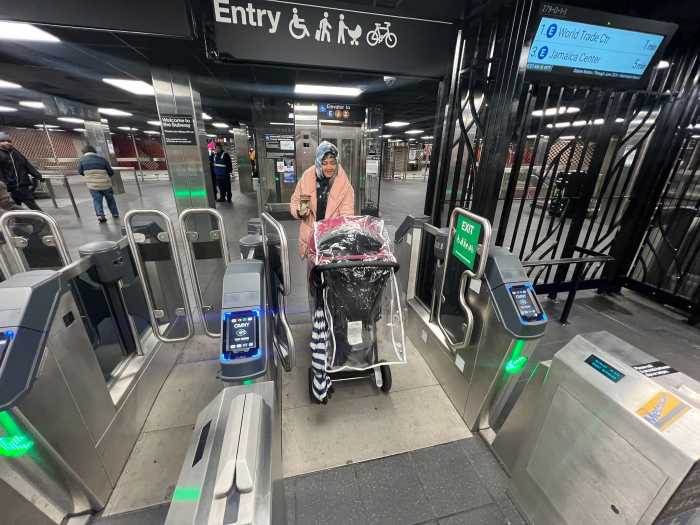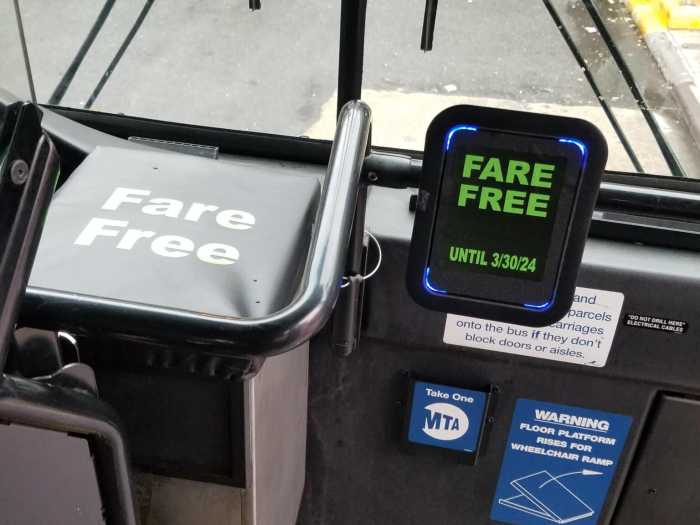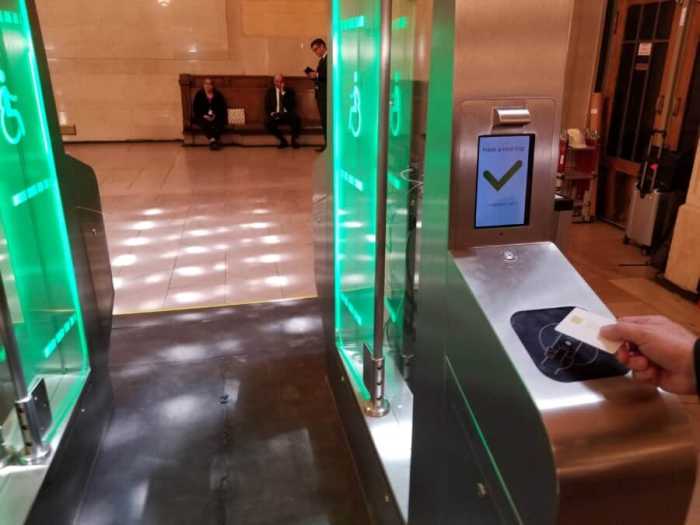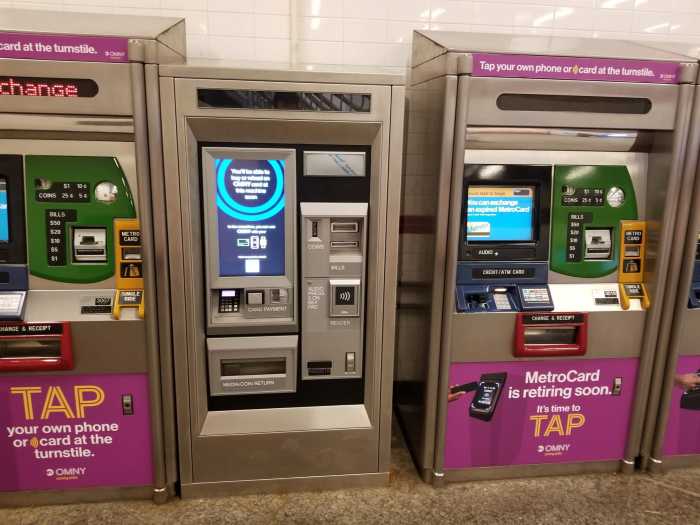The MTA is planning to reconfigure its subway turnstiles to prevent a phenomenon where they’re pulled back in the reverse direction, enabling a fare evader to slip through without paying.
The agency has already adjusted the mechanics of 26 turnstiles to prevent the maneuver, which has been dubbed “back-cocking,” and plans to upgrade another 240 this summer. The remaining 3,479 turnstiles throughout the system will receive the modification over the next two years, at a cost the MTA pegs at $2 million. However, the investment will prevent more than $45 million in estimated losses from fare evasion using the technique, according to New York City Transit’s subways chief Demetrius Crichlow.
“Even if we get a portion of that back, it will save the company a ton of money,” Crichlow said at the MTA’s Transit Committee meeting on Monday. “It definitely works, it stops them. It doesn’t stop them from seeking other means of fare evading, but it definitely does stop the back-cocking.”
The MTA has already modified some turnstiles at the Bowling Green station, just outside MTA Headquarters in lower Manhattan. A video displayed at the committee meeting showed a man attempting to back-cock multiple turnstiles but failing to slide through.
Fare evasion on subways cost the MTA $285 million last year. However, the fare evaders not only got through by back-cocking but through other means, such as jumping over the turnstiles and through emergency exit gates that are often propped open.

The agency is also looking at placing “fins” on turnstiles and fare arrays that would make them harder to hop over, said Crichlow. The agency is also trying to restrict access to its emergency exit gates: over 1,600 access keys have been yanked from MTA employees, copies of which were easily obtainable, and now only the Fire Department has access to them.
MTA executives are also seeking a variance from the state allowing the implementation of a delay between someone pushing the emergency exit door from inside the system, and it actually opening.
An internal report from earlier this year recommended, among other things, the MTA fully redesign the fare array with higher, middle-out turnstiles that are more difficult to jump. While such gates are common in other systems — and a number of engineering firms put their designs on public display earlier this year — the redesign process is still in its infancy.
On buses, where fare evasion is an even bigger problem at $315 million annually, the agency is identifying “bus stop hubs” where multiple lines come together and preparing to deploy “Eagle” teams that deter riders from entering without paying the fare.
Read more: OMNY Machines Now Active in NYC Subways



